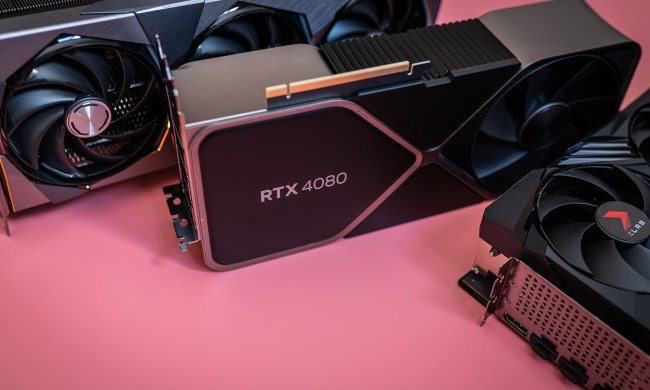With CCC’s retirement, AMD is looking to revamp and revolutionize the back-end, desktop GPU experience that it offers its customers. The new software package is obviously different right off of the bat, as it features an entirely redesigned UI. Tabs have replaced drop downs, and large, graphically denoted panel menus make everything easier to understand and access in one place.
The whole thing is faster too, with AMD reporting that the utility itself should launch in under a second, compared with just shy of 10 seconds on average for the CCC. To make sure nothing gets in the way of new installs, Crimson also includes a driver wiping utility, that lets you clean out all mentions of AMD from your system and registry, which should keep it all feeling snappy.
The new Crimson software allows for custom resolutions, clocks and refresh rates, easily chosen by the user. There’s also said to be better support for Virtual Super Resolution under Windows 10, as well as frame rate compensation with Freesync, which helps eliminate issues with low-frame-rate gaming.
What’s perhaps most exciting about Crimson, though, isn’t the additional features or the cleaner interface, but that it’s making games faster. Star Wars Battlefront purportedly loads levels as much as 33 percent faster than under the latest Catalyst drivers. The Witcher 3 also sees much more stable frame rates, reduced stuttering, and lower game latency.

Performance gains are also said to be found in Black Ops III, Fable Legends and the upcoming Rainbow Six: Siege.
You can even save yourself some wattage through frame rate limiting. AMD is said to have expanded its Frame Rate Target Control feature under Crimson, allowing for a maximum threshold for frame rates, thereby reducing the production of unneeded frames, easing off on the amount of number crunching your GPU has to do.
If you have a compatible GPU, you can download the latest Crimson Edition driver from AMD’s official download page.




